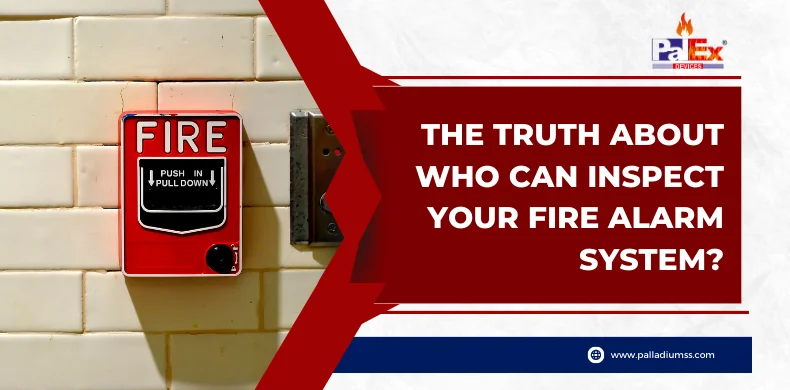Well-trained and licensed technicians should always perform inspections and testing. NICET technicians are the ones we can rely on as the latest technology highly trains them. External factors like dust and dirt hinder the proper functioning of smoke detectors. You will have to compromise your fire equipment due to poor maintenance. However, ensuring adequate and timely care will save you from unplanned emergency repairs and false alarms.
What Does Annual Alarm Fire Inspection Include?
- The central station should receive fire signals.
- All batteries must be tested.
- All building devices should be tested.
- Reset the pull station by pulling down the release to trigger the alarm.
- Activate the unit by blowing smoke into the smoke detector and then follow it by blowing air to clean debris.
- Place a magnetic device near the sensors to trigger the alarm.
- Test the strobes and horns for their flashes and sounds.
- Record retard time.
- Exercise control valves.
Many people overlook the visual inspections of a fire detection system and focus only on its functioning and testing, failing to realize that visually testing is equally important. This is necessary to verify that everything remains unchanged for better performance. Environmental conditions should also be appropriately monitored, like increasing cooling systems to support the load of great heat. Visual inspection should also include physical damage, cleanliness, and device orientation.
The device installed should be tested periodically to maintain the system’s validity. Each system component should be adequately investigated by analyzing its working space, so there’s no trouble during an emergency. All the emergency control functions should be included in a testing program. Maintenance is essential to keep the fire system properly working. If found, any defect or deficiency should be reported to the fire personnel immediately during a routine inspection. Repairs should be as feasible as possible. If there is any delay in mending repairs, then a temporary alternative should be implemented.
Another preventive measure involves regular testing of smoke detectors. It should be based on the environment they are located. NFPA codes should be followed properly and timely.
Now, let’s talk about the batteries. The batteries of the fire alarm system must be visually inspected at regular intervals to ensure that they are damage free. Dry cell or lead-acid batteries should be inspected monthly. Lead-acid batteries should be inspected semiannually. Along with this, electrolyte fluid levels should also be checked regularly. Thirty-minute discharge tests should be conducted on lead-acid-type batteries.
Battery-operated smoke detectors should pass the certification requirements. The smoke alarms must be tested and maintained as per the manufacturer’s instructions. They should be tested and cleaned monthly. Batteries should also be replaced annually or semiannually. The sensitivity of the smoke alarms must also be tested.
Also read :Do Not Keep Your Fire Escape Plans a Secret



